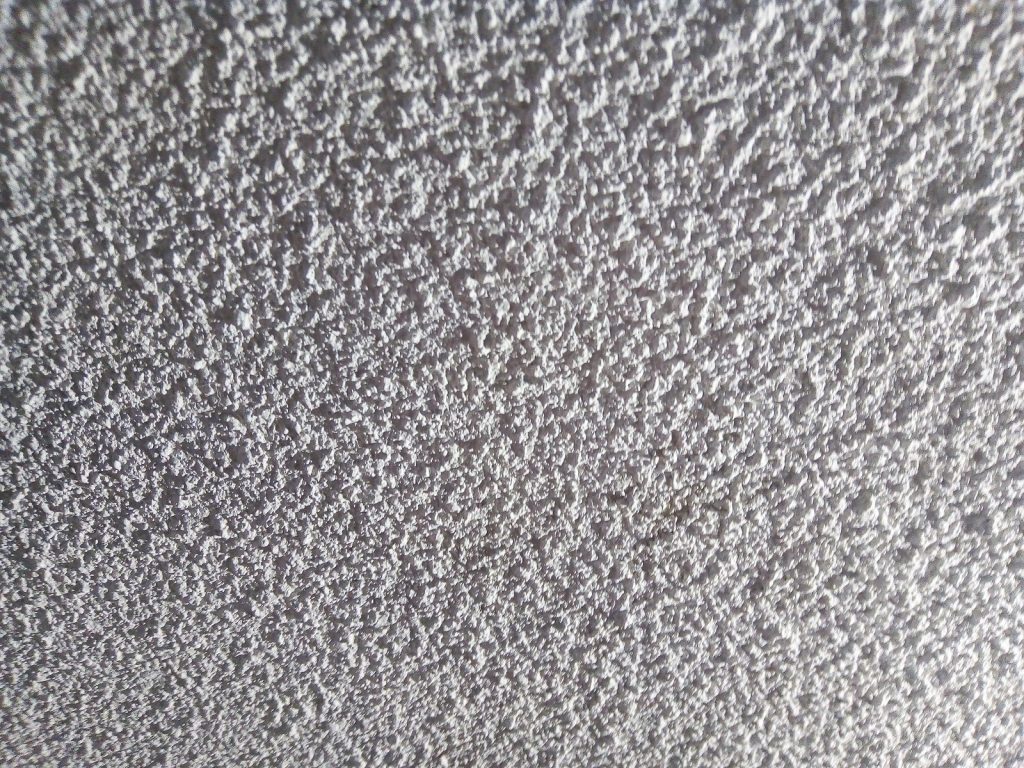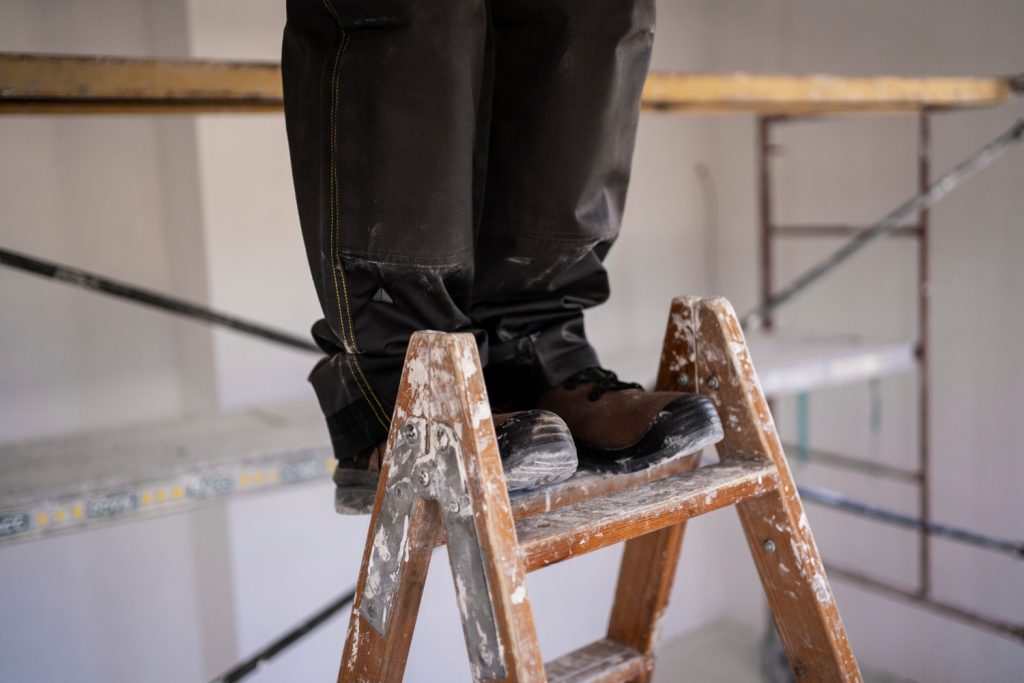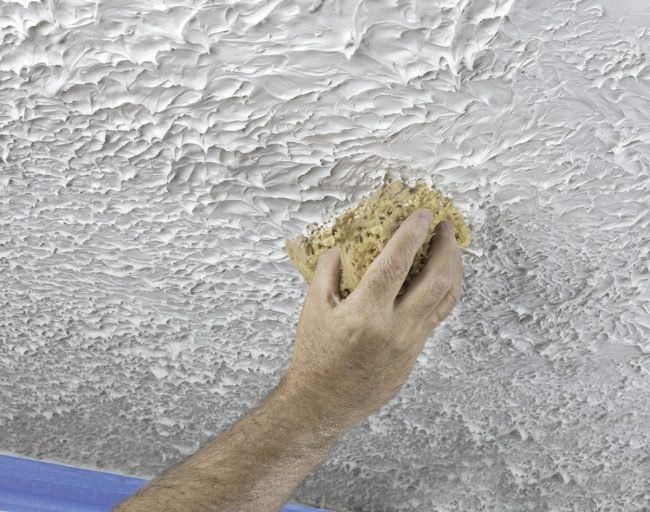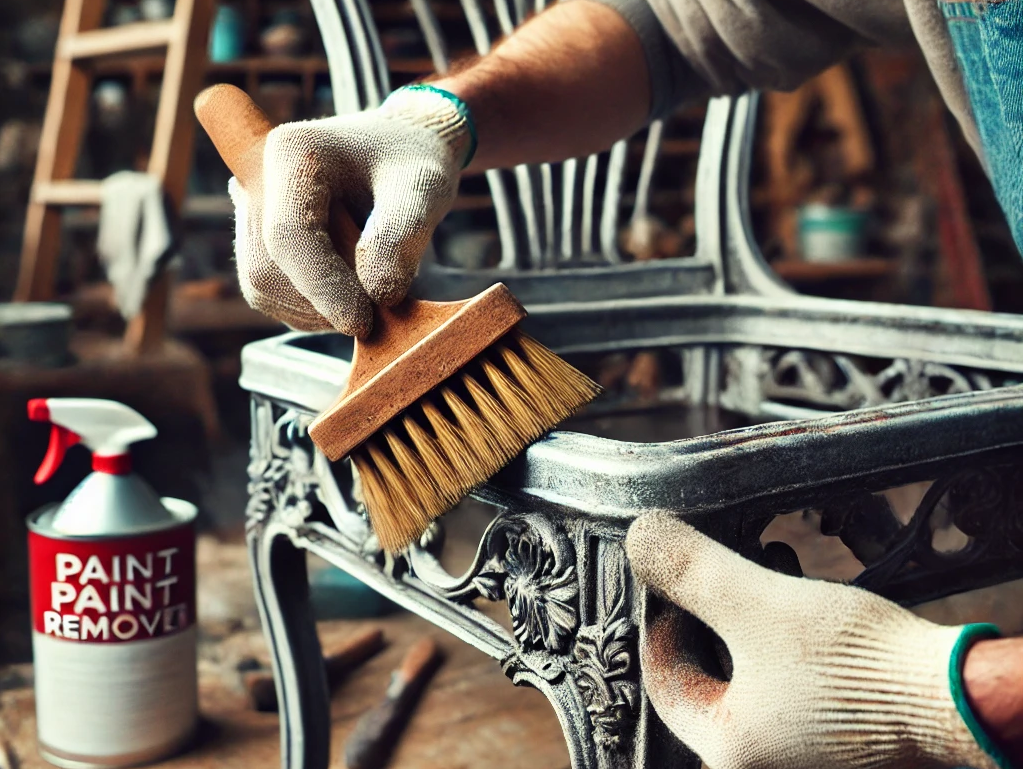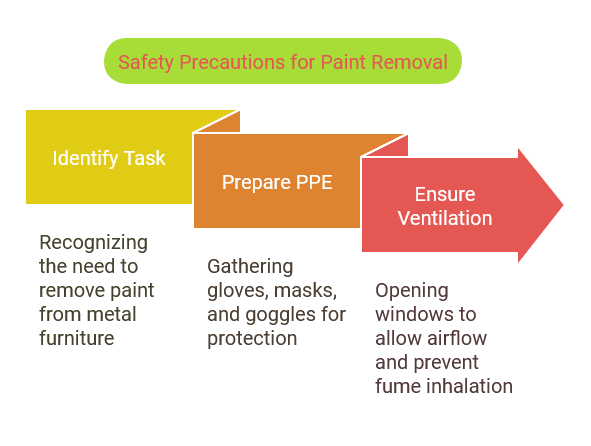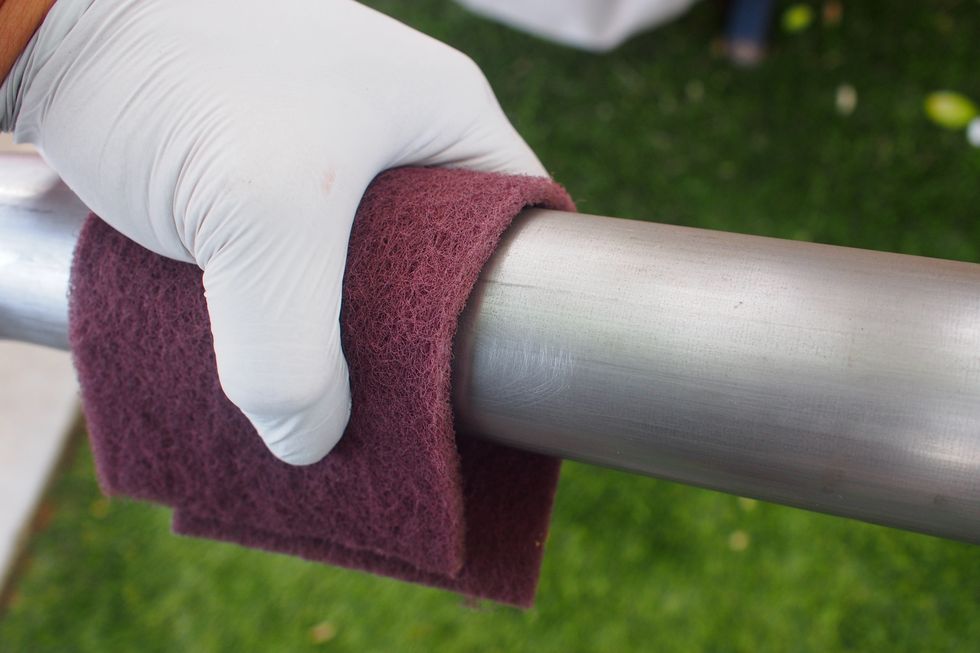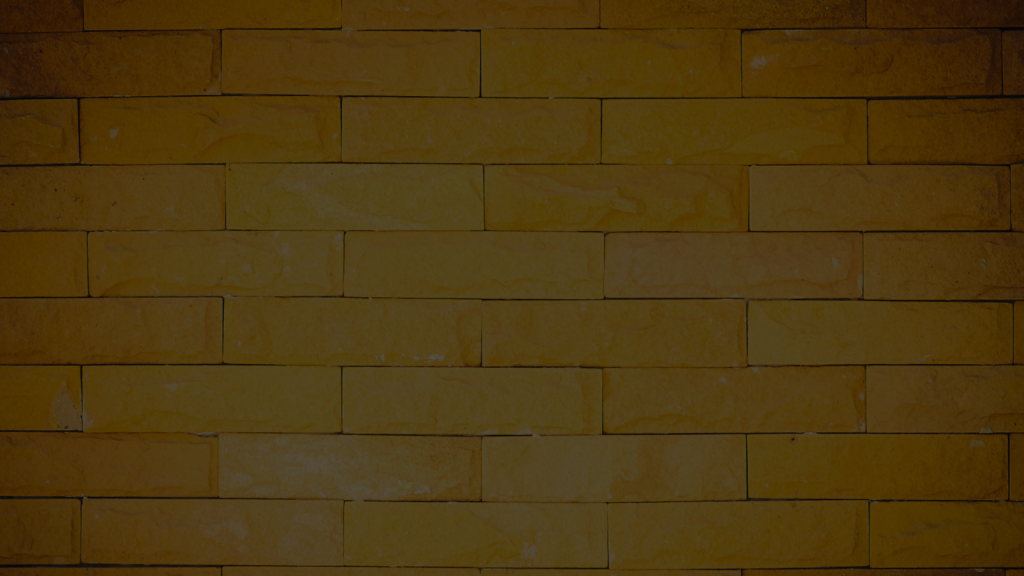
There’s something about the iconic yellow brick houses that’s hard to overlook. Outside its pragmatic purpose, the sunny bricks have a unique charm that tells a tale of tradition, fortitude and vivid design that paved the streets for centuries.
Yellow bricks never go out of style. But to keep them stand out in the modern era, trim colours are the key.
Find out the best trim colours for your yellow bricks and make a worthwhile investment.
Understanding Yellow Brick
Yellow bricks come in a manifold of colours ranging from golden yellow and lemony shades to slight greenish. They’re durable and can resist changing weather and erosion, elevating the safety of your property.
In short, yellow bricks are a versatile and a practical choice for homeowners, like yourself.
So, how does the yellow in the bricks impact trim colour choices? Simple, by either echoing the undertones or contrasting them.
Popular Trim Colours for Yellow Brick Houses

You will compromise the kerb appeal if you don’t choose the right trim colour for your flamboyant yellow brick.
Yellow bricks are warm and inviting, but pairing them beautifully with the perfect trim elevates the look.
Check out these popular trim colours for your yellow brick house.
Classic White
Classic white is a timeless shade. It’s crisp and clean, contrasting the yellow bricks without overwhelming it.
The classic white emphasises the interesting pattern and the warm tone of the bricks. Whether you’re going for the softer or the brighter version, the white trim creates a perfectly balanced and appealing look.
Soft Greys
Light greys are more subtle, while medium grey is more distinct, maintaining a minimal effect that’s not overly emphasised.
The soft greys harmonises well with the sunny tone of the yellow bricks. It conjures a captivating contrast that’s elegant and inviting to anyone who sees it.
Bold Colours
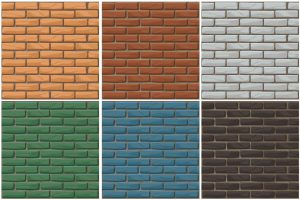
Bold trim colours for yellow brick are both eye-catching and dramatic. The colour yellow is so high-energy that it creates a striking contrast to the darker shades of navy blue or deep green for a vivid trim statement.
The navy trim, for instance, matched up with softer yellow brick, has a coastal vibe that’s more organic and rustic.
Earthy Tones
Another trim colour that goes well with yellow bricks is earthy tones such as warm taupes or brown. These shades have a natural quality that grounds and complements the bricks.
Natural colour palettes blend seamlessly with the yellow brick. They’re warm and in harmony with nature, evoking a cosy vibe.
Factors to Consider When Choosing Trim Colours
Now, you will have to choose your trim colours.
What elements present an opportunity to highlight yellow bricks?
Architectural Style
The style of your home influences your trim. For instance, Victorian homes have ornate details that are intricate and imposing. They pair nicely with bold trim colours because these shades can accentuate their carefully crafted design.
On the contrary, modern homes are sleek and minimalistic. They favour trim colours that are softer and neutral, like classic white and light grey.
Simply put, the trim colours can elevate the overall style and appeal of your home if they are made to complement the architectural design.
Surrounding Environment
Strike a balance between fitting in and standing out, so you can improve the charm of the surrounding elements without sacrificing individuality.
For instance, if the houses near you are painted with bolder colours, the best way to blend in is to use neutral or muted trim. And if you live in a wooded area, go for the natural, earthy trim.
Personal Preference
The most important step to design a home that is truly yours is to reflect on your personal style. Choose your trim colours based on how you want your space to feel—without leaving out the yellow brick.
Don’t just go for the aesthetic; balance it out with what makes you feel at home. Whether you prefer a contemporary style or a more organic vibe, the perfect trim can reveal and elevate the personality of your home in the best way.
Testing Colours
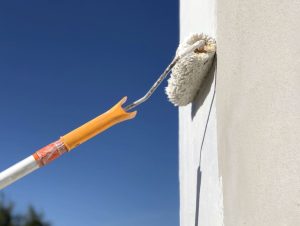
Sample Applications
Before making a final decision, test the colours first in small spaces in your upcoming house painting and see what it looks like at different times of the day.
The lighting in your home can significantly affect how the trim appears. There are hues that look great in the morning but look hideous under a gloomy sky.
Thus, testing trim colours against the yellow brick is vital to ensure the palettes interact well and that they remain appealing in different lighting conditions.
Using Colour Swatches
Colour swatches are a show of different shades that you can use to perfect a match. By filtering the colours you can identify a specific colour for a certain theme.
So, how do you use swatches effectively to visualise combinations?
You can use larger samples of paint on some parts of your home and see how it works with the yellow bricks.
Put the swatches close to the sunny bricks and see how they play out together. Keep in mind that the different bands of yellow can impact the appearance of the trim.
Colour swatches are really helpful to see which hues look good or clash with other elements.
Application Techniques
Preparation Steps
Clean your trims thoroughly by washing away the dust, dirt or any flaking paint that’s sticking out. If there are imperfections like cracks or holes, fill them up and sand them once completely cured.
And if you’re working on wood or any surface previously painted, prime everything so the paint sticks better on the surface.
Remember, the paint usually fails because of poor adhesion.
Painting Techniques
Always paint with precision, using the right tools and techniques.
Start with cutting in the edges using an angled sash brush. Load the brush with paint and then paint in a fast back-and-forth brushstroke. To lay off the paint, sweep the tip of the bristle in a long stroke.
And never, ever brush across an edge to avoid paint buildup that may cause dripping.
You can apply two coats of paint for better protection and secure a good-looking finish.
For the best trim painting option, consider enamel paints. They’re not only durable, but they’re smooth and low maintenance.
Conclusion
The right trim colour can bring out the best of your yellow brick home. It can either strike a bold contrast or a compelling cohesive look that can highlight the architectural features of your sunny stone abode.
With the perfect trim pairing, your yellow brick in various shades can stand out without sacrificing individuality.
That said, homeowners, don’t be hasty with your painting project; take the time to choose colours that complement your home’s unique features.

